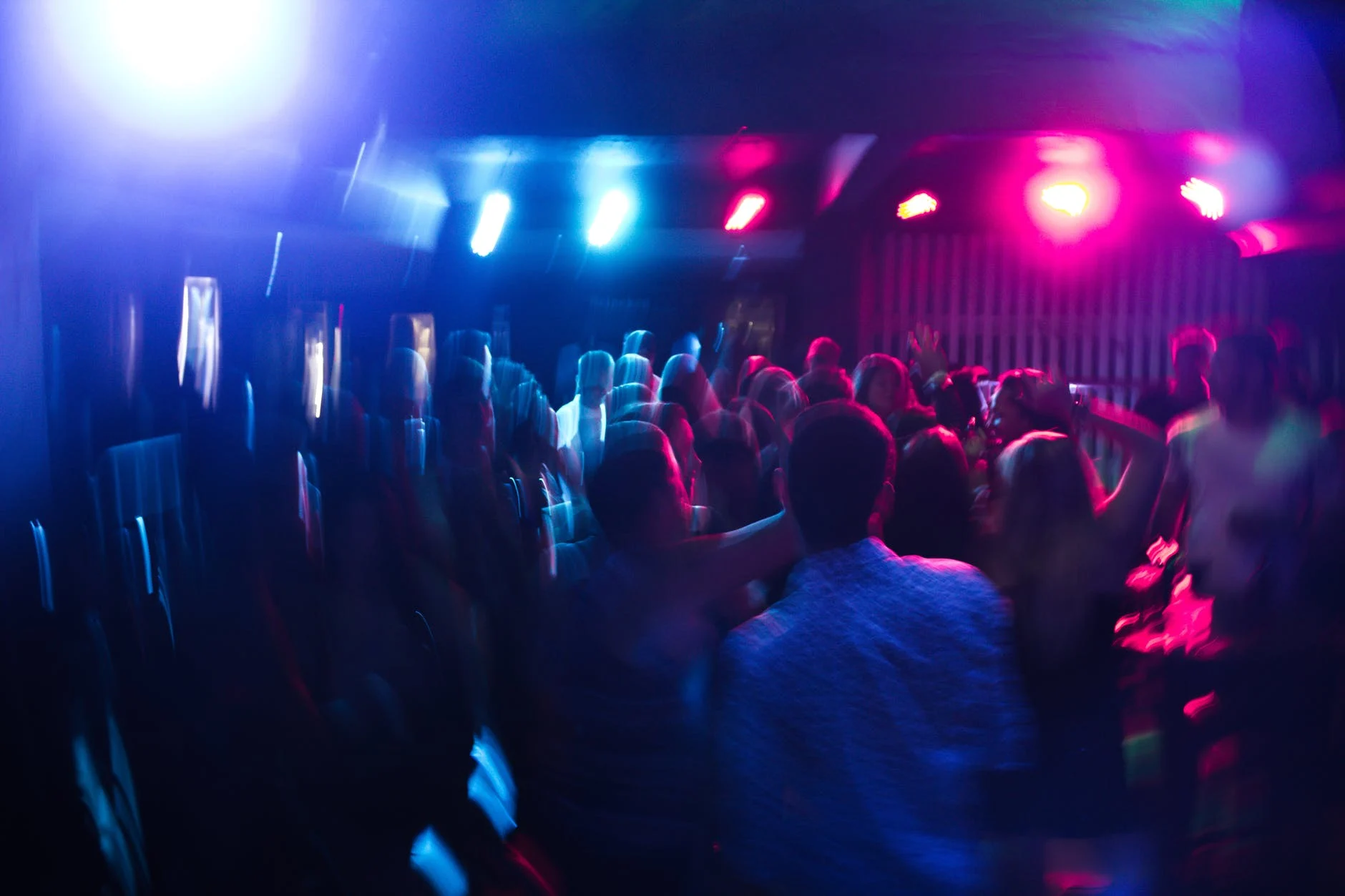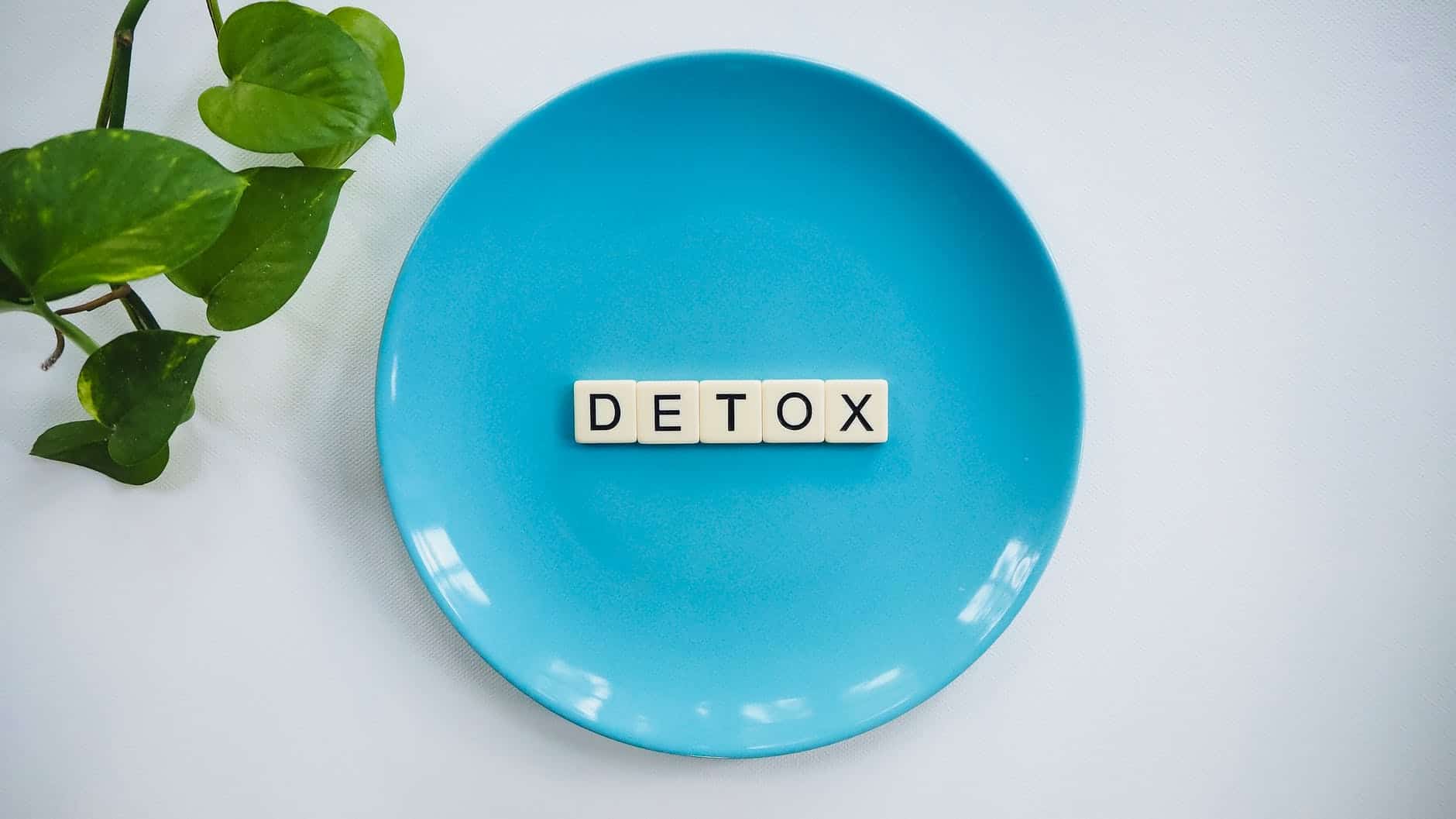Table of Contents
- What is Methamphetamine?
- What Is The Difference Between Amphetamine And Methamphetamine?
- How Does Methamphetamine Affect The Central Nervous System?
- What Is The Most Common Age Group For Meth Use In Young Adults?
- What Are The Long-Term Risks Of Using Methamphetamine In Young Adults?
- What Are The Most Commonly Used Forms Of Methamphetamine?
- Why Is Crystal Meth More Potent Than Other Types Of Methamphetamine?
- What Are The Most Common Drugs Used Among Young Adults?
- What Are Signs And Symptoms Of Meth Addiction In Young Adults?
- What Are The Physical Effects Of Methamphetamine Use In Young Adults?
- How Do You Detox From Methamphetamine?
- What Are The Best Options For Meth Addiction Treatment?
What Is Methamphetamine?
According to the National Institute on Drug Abuse (NIDA), “Methamphetamine is a powerful, highly addictive stimulant that affects the central nervous system.”
Methamphetamine, also known as “meth,” is made in laboratories and is not derived from natural sources, unlike marijuana, cocaine, and opiates. Meth is a stimulant with similar effects as other “uppers,” such as cocaine and MDMA (“ecstasy” or “molly”).
Methamphetamine users might feel powerful, focused, energetic, and accomplished. Meth activates parts of the brain responsible for exciting the user. When you use meth, you might feel like you can get a lot done and escape negative feelings, like sadness or depression.
Methamphetamine is also commonly known as:
-
-
- Speed
- Crank
- Chalk
- Glass
- Ice
- Shards
- Crystal
- Trash
- Tweek
- Tina
-
Meth can come in different forms; usually, it looks like a white, powdery substance. Meth can come in its usual powder form, be put into pills (white, reddish-orange, or green), or crystalline rocks that are clear or bluish-white (known as “crystal meth”).
Methamphetamine is classified as a Schedule II drug, and the Food and Drug Administration (FDA) has only approved one form of the drug for legal use.
Desoxyn is FDA-approved to treat obesity only when other interventions are ineffective and sometimes prescribed for attention-deficit/hyperactivity disorder (ADHD). However, Desoxyn is prescribed with caution due to the high potential risks of dependence and addiction.
Some legal stimulants prescribed for ADHD and weight loss can be misused and abused. Misusing prescription stimulants could lead to dependence and increased tolerance. You might then seek illegal stimulants like crystal meth for increased potency.
What Is The Difference Between Amphetamine And Methamphetamine?
Amphetamine and methamphetamine are both stimulant drugs that affect the central nervous system.
Amphetamine has similar effects as meth but is not as potent. While the FDA has only approved one prescription form of methamphetamine, prescriptions with amphetamines are more common.
Prescription amphetamines used for ADHD, narcolepsy, and weight loss include:
-
-
- Ritalin
- Adderall
- Concerta
- Dexedrine
- Focalin
-
Amphetamines can be misused and abused. Like meth, amphetamines can make you feel focused and energized. Young adults might misuse prescription amphetamines for their euphoric effects, self-medicate for depression, or to study all night for an exam.
It is essential to make sure that these drugs are used as prescribed to lower the risk of drug addiction. If you get addicted to prescription drugs, you might seek illicit drugs if you are cut off from your scripts for misuse.
While amphetamines have similar effects as methamphetamine, meth is much more potent and carries a higher risk of addiction. These drugs affect the brain in similar ways, which is why misusing a prescription drug could lead to meth use.
How Does Methamphetamine Affect The Central Nervous System?
Methamphetamine and other stimulants “excite” the central nervous system.
Stimulant drugs affect chemicals called neurotransmitters in your brain. Neurotransmitters are responsible for many bodily functions, like sleep, breathing, heart rate, digestion, concentration, and mood. Meth “excites” certain neurotransmitters.
Neurotransmitters are released temporarily and then taken back up. Meth activates “feel-good” neurotransmitters like dopamine and blocks them from being taken back up. The result is a flood of feel-good chemicals that remain in your brain much longer than normal.
Meth is highly addictive because it intensifies the effects of these chemicals in a way that cannot be achieved without it.
You feel varying degrees of pleasure because of how much dopamine gets released. Eating chocolate, exercise, and sex can release dopamine and other feel-good chemicals. However, meth can cause euphoria 1000 times greater than any of these activities.
What Is The Most Common Age Group For Meth Use In Young Adults?
According to the 2020 National Survey on Drug Use and Health (NSDUH), “0.5 percent of young adults aged 18 to 25 or 171,000 people; 1.1 percent of adults aged 26 or older or 2.4 million people” used meth in the past year.
The prevalence of meth use among all people aged 12 and older was about 0.9% of those surveyed in the past year. The prevalence increases with each age group, meaning that Americans aged 26 and older are more likely to use meth than teens and adolescents.
While the COVID-19 pandemic might have caused an increase in substance abuse, these numbers appear to be on the decline among high school students. Hopefully, these declining trends will continue, and the number of meth users will decrease.
According to the Monitoring the Future national survey of substance use behaviors and attitudes, the “percentage of adolescents reporting substance use decreased significantly in 2021.”
When you use drugs or alcohol as a teen or younger, you are at a higher risk of developing a substance use disorder as an adult. As younger people decrease drug use, rates of overall drug addiction might decline as a result.
Drugs like methamphetamine can be dangerous to your physical and mental health. Young adults who use meth could experience negative long-term social and physical health consequences.
What Are The Long-Term Risks Of Using Methamphetamine In Young Adults?
There are several long-term risks of using methamphetamine in young adults, including:
-
-
- Physical health issues like:
- Dental problems or “meth mouth” from smoking crystal meth
- Cardiovascular damage from an increased heart rate
- Insomnia and sleep disturbances
- Weight loss
- Mental health issues like:
- Developing psychosis
- Hallucinations and delusional thinking
- Mood disturbance
- Severe anxiety
- Brain damage leading to cognitive issues such as:
- Confusion
- Memory loss
- Repetitive motor activity
- Impaired verbal learning
- Reduced motor speed
- Social wellness issues like:
- Violent behavior leading to legal problems
- Relationship and family issues
- Conflicts within valued friendships or romantic relationships
- Physical health issues like:
-
In the short-term, meth can make you feel powerful and focused. You might also feel energized or “amped up” for events, like concerts. You might think that meth makes good things even better. You might also use meth to get rid of depression or low self-esteem.
However, after long-term misuse, meth creates problems and can lead to substance use and mental health disorders.
After long-term use, you develop a dependency and can no longer function without meth. As your tolerance increases, you might need more meth or stronger meth to get the same effects. You might also use other drugs to deal with the unpleasant after-effects.
The physical aspects catch up with you. Your body cannot keep going at full speed ahead. Your cardiovascular system can wear out, and a lack of sleep will impact your cognition, mental health, and overall physical wellness.
What Are The Most Commonly Used Forms Of Methamphetamine?
Some of the most commonly used forms of methamphetamine include:
-
-
- Powder, which can be snorted or mixed with other substances
- Meth powder can also be made into pills, which are usually white, reddish-orange, or green
- “Base,” which is a damp or oily white, yellow, or brown substance that is usually injected
- Crystal meth, a clear or bluish-white crystalline rock, which is smoked in a pipe
- Meth powder and crystal meth can also be dissolved into a liquid and injected
-
How meth is used can alter the intensity of the drug and the side effects. The most potent form of methamphetamine is crystal meth.
Why Is Crystal Meth More Potent Than Other Types Of Methamphetamine?
Crystal meth is the most potent type of methamphetamine due to its purity and how it is used.
Crystal meth is purer than other forms of meth. Users can get an intense high that might last for 12 hours or more. Since crystal meth is typically smoked, crystal meth users get a faster high with a heightened sense of euphoria compared to other forms of the drug.
When a drug is more potent, the risk of drug addiction is much greater.
In some cases, crystal meth users have become addicted after the first time. The intense feelings of euphoria come at the cost of depleting the brain’s natural feel-good chemicals within a relatively short amount of time, leading to an unpleasant crash.
The “crash” following crystal meth can be just as intense as the high as your brain restores its natural chemical balance. These feelings can be incredibly uncomfortable or distressing. Many meth users get into a “binge and crash” cycle.
To avoid the “crash” after using crystal meth, users might continually seek more meth to keep their high going. This crash could lead to desperation and seeking whatever drugs are available, like cocaine, alcohol, marijuana, or opioids.
What Are The Most Common Drugs Used Among Young Adults?
According to MedlinePlus, “The drugs that are most commonly used by young people are alcohol, tobacco, and marijuana.”
Meth use is relatively low compared to other substances. However, the use of these other substances can be harmful to young people and set them up for developing substance use and mental health disorders as adults.
Alcohol and drug use, including tobacco, can cause mental and physical health issues for young people. Brain development continues from adolescence into young adulthood, around the age of 25. Substance abuse can damage the developing brain.
Exposure to drugs and alcohol at an earlier age increases your chances of developing a substance use or mental health disorder.
Teens might begin using drugs or alcohol to experiment, feel more mature and grown-up, or due to peer pressure. As substances hijack the brain’s reward system, teens can get hooked more quickly than adults because the experience is more intense at a young age.
Drugs and alcohol create a shortcut to euphoria and good feelings that teens and young adults crave. They might start using substances to deal with stress or underlying emotional issues.
Alcohol and drug addiction become comforting due to the effects of substances and the rituals involved in using.
When young people use drugs and alcohol to deal with problems, the ritual of substance abuse can be just as comforting as the effects. Getting paraphernalia ready, meeting up with dealers, or getting drunk with friends all impact the severity of the addiction.
Then, they won’t develop healthy coping skills and rely on substances to deal with the ups and downs of life. Meth addiction might begin with misuse of a prescription drug and later escalate into illicit drug use.
What Are Signs And Symptoms Of Meth Addiction In Young Adults?
Signs and symptoms of meth addiction in young adults include:
-
-
- Intense mood swings
- Rapid eye movements
- Dilated pupils
- Rapid weight loss
- Dry mouth and dental problems
- Unusually sweaty
- Irregular sleep patterns
- Boundless energy
- Sores on the skin (from picking at hallucinations of bugs crawling under the skin)
- Unpleasant body odors due to chemicals emitted from the skin when using meth
- Pale or splotchy face
- Irrational or incoherent speech
- High anxiety or paranoia
- Violent behaviors and outbursts of anger
-
If you see signs like these in your loved one, they might have an addiction to meth or other stimulants. Stimulants cause increased activity in the brain, making you prone to anger, hallucinations, and moodiness.
Since meth suppresses your appetite, you might lose weight rapidly, which could be dangerous. Sleep issues can cause you to feel agitated or irritable because your body and mind cannot get the rest needed to “reset.”
The effects of meth use can cause these signs and symptoms to occur. Over time, these issues can worsen when your physical and mental health decline due to meth addiction.
What Are The Physical Effects Of Methamphetamine Use In Young Adults?
The physical effects of methamphetamine use in young adults include:
-
-
- Increased body temperature
- High blood pressure and rapid heart rate
- Appetite suppression
- A “crash” when not using meth
- Problems with the cardiovascular system
- Brain damage
-
Overall, meth use can cause you to age more rapidly. Meth causes all of your bodily functions to operate at maximum speed, which wears them out. Your body and mind can deteriorate from these effects.
These adverse effects can impact your physical and mental health. As meth causes damage to your physical body, you might struggle to feel normal without it. Your brain needs time to heal to restore the normal balance of chemicals that have been depleted from meth use.
How Do You Detox From Methamphetamine?
Unlike alcohol and opioid use disorder, most insurance companies don’t cover medical detox from methamphetamine, but you can get inpatient rehab to rid your body of the harmful chemicals from meth addiction.
Alcohol is one of the most dangerous substances to detox from due to life-threatening withdrawal symptoms. Opioids can be highly distressing to quit, which increases the risk of relapses in early recovery. However, meth doesn’t pose as much danger when you quit.
While stopping meth won’t pose as much danger to you as alcohol withdrawal can, the experience can be both physically and psychologically uncomfortable. Most meth users go to great lengths to keep the high going to avoid the unpleasant crash from occurring.
Meth withdrawal symptoms are similar to the crash that meth users go out of their way to avoid, including:
-
-
-
- Anxiety
- Depression
- Intense cravings
- Low energy
- Lethargy and sleepiness
- Twitches and other involuntary movements
- Increase in appetite
- Irritability and agitation
- Slowed movements and reactions
- Body aches and pains
- Vivid and unpleasant dreams
-
-
When you stop using meth, you might spend the first few days feeling sleepy and sluggish. Your body needs to restore itself as your brain replenishes its chemical balance when you detox. You will probably sleep for most of the first few days off of meth.
Being in a safe place, like a treatment facility or inpatient hospitalization, to stabilize is critical to monitor your heart rate and have support for other issues that come up. Long-term residential care is the best treatment option for meth addiction.
What Are The Best Options For Meth Addiction Treatment?
The best option for meth addiction is a long-term inpatient stay at a residential mental health and substance abuse treatment program.
A short-term stay to stabilize after you quit meth might not be enough for you to get better for the long term. Often, when meth users stop for a few days and crash, they start to feel better and think they don’t need long-term care at a treatment center.
Some underlying issues could come up when you aren’t using it for a few days. You might start to feel better physically; however, if you don’t deal with these problems, you could go back to using meth or other drugs and alcohol.
Staying at a long-term (30 days or more) residential treatment facility can help you overcome your meth addiction by:
-
-
- Dealing with underlying mental health issues like:
- Trauma
- Anxiety
- Depression
- ADHD
- Bipolar disorder
- Borderline personality disorder (BPD)
- Teaching new coping skills to manage stress
- Improving relationships with friends and family members
- Connecting with peers in recovery
- Academic and vocational support to get your life back on track
- Dealing with underlying mental health issues like:
-
You can get your life back together after meth addiction. Substance abuse treatment centers can get you started on your pathway to recover from the damage of methamphetamine and other drug addictions.
Meth use in young adults could lead to severe physical and mental health problems, including substance use disorder, psychosis, and medical issues. Sandstone care is here to support young adults with substance use and mental health disorders. Call (888) 850-1890.
















